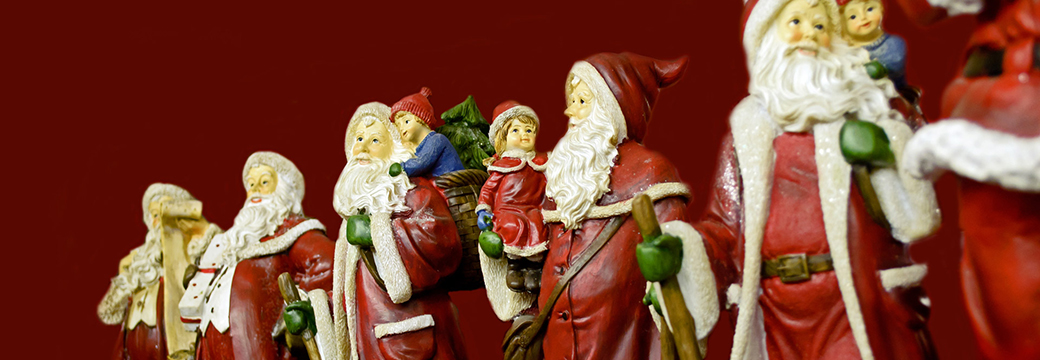Long before Santa Claus was even a glimmer in the imagination of our American culture, a 4th century Greek bishop captured hearts throughout Asia Minor and Europe with his secret gift-giving and generous care for the poor. Nicholas of Myra went about doing good, showing kindness, and performing miracles, and parts of Europe still celebrate St. Nicholas Day in commemoration of his December 6th death in 343.
Through the centuries, different versions of this European custom carried forward, eventually crossing the ocean toward the end of the 18th century. It was the Dutch name for St. Nicholas, Sinter Klaas, that morphed into the Americanized “Santa Claus” we use today. Add to that, the 1823 publication of “The Night Before Christmas” and subsequent cartoons by Thomas Nast, and our modern-day image of a “jolly old elf and his eight flying reindeer” was indelibly painted into the lore and legend of our very American celebration of Christmas.
And what of the origins of Kris Kringle, you ask? You guessed it. Another American mispronunciation. This time, Christkindl, the traditional gift-bearer of Germany, Croatia, Italy, Portugal, and France, said to embody all that is good, generous, and kind. Many of us associate Kris Kringle with the popular 1947 movie Miracle on 34th Street, later remade in 1994…and likely to be remade again any time now.
The reason, of course, is because we never tire of this classic Christmas theme. It’s why It’s a Wonderful Life continues to be a must-see holiday movie year after year. It reminds us of what the world has known and revered from the beginning of time: the simple joys of kindness and gift-giving…and the miracles that accompany the good works of all who believe in the life-changing power of a generous and jolly spirit.


